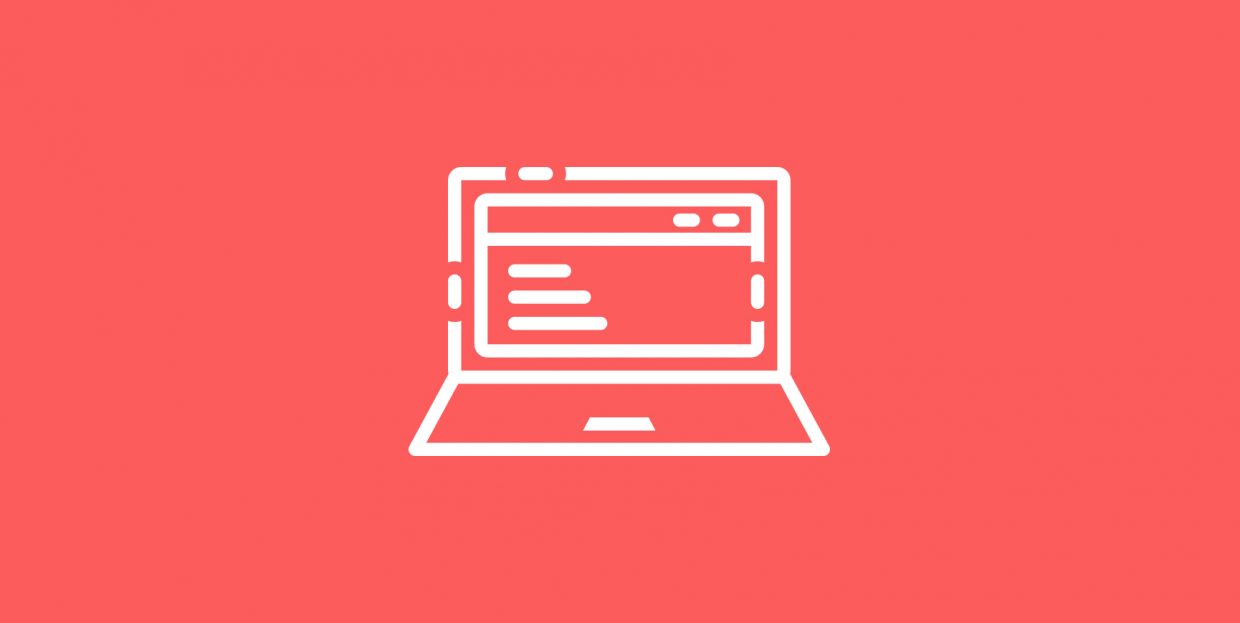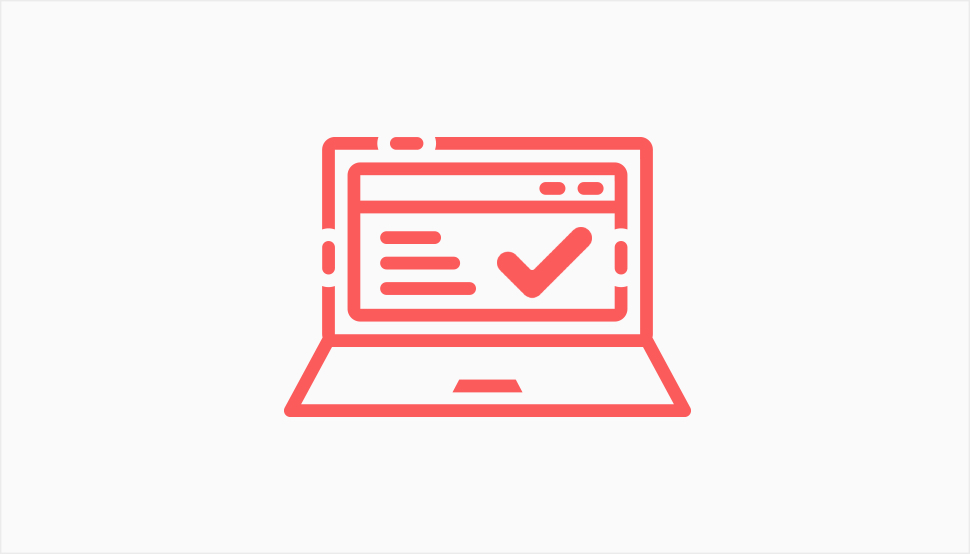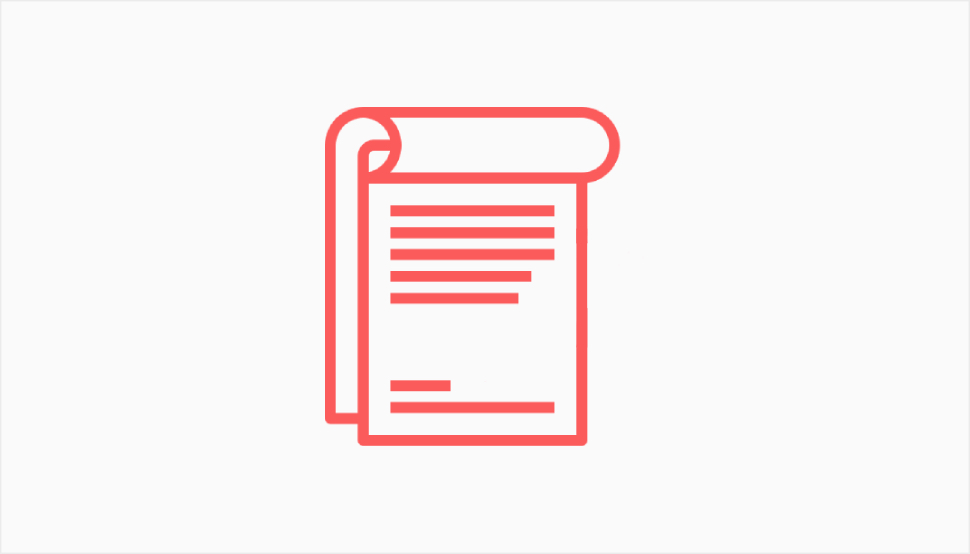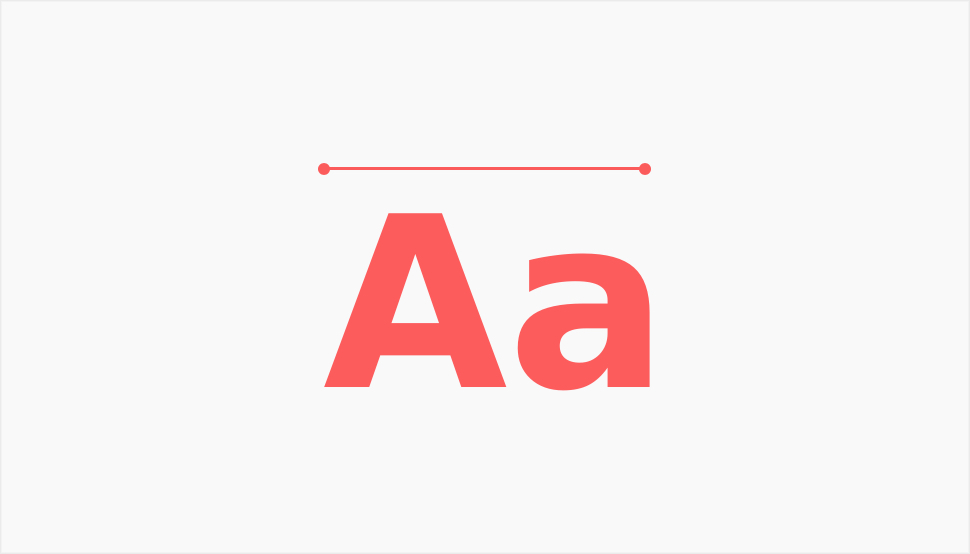Everything You Need to Know About the GPL License and WordPress

Remember the time when everything on the internet was free and you never had to worry about copyright and licensing laws? No, you really don’t. See, while the 1990s internet was perceived as this lawless wasteland of free enterprise, that was never really the case. Most of the world just took some time to adjust to the new medium. Nowadays, using somebody else’s content on your website will get you sued much more quickly than doing the same would in the olden days of print, TV, and radio. In this article, we will be talking about licensing, and, specifically, the GPL license and how it applies to the content on your WordPress website.
Saying that copyright law does not apply to a piece of content is kind of like saying “I don’t have a blood type”. The licensing laws are everywhere, but that doesn’t mean that there is no content which is free for you to use or even sell. While most of it is very old, a lot of new content is released under a license which allows you to use said content free of charge, even if you plan to monetize it. In this article, we will be discussing the GPL license: what it is, what it means to release content under it, and how it applies to content you may or may not host on or share through your website.
We will have to subject the entirety of this article to a disclaimer, though: we do not and cannot dispense legal advice, and this article is no exception. Think of it as a discussion about the general aspects of certain terms, such as GPL, which have a specific meaning in law.
Here’s what we’ll be discussing:

GPL is a free and open-source software license. It stands for General Public License.
Now let’s take this apart:
GPL is free. This means that content released under GPL costs no money to use.
GPL is open-source. Now, open-source is a lot to unpack, but the gist of it is that, if you are using content released under GPL, you cannot exclude other people from using it.
GPL is a software license. This means that GPL applies to software, rather than any other content.
The above doesn’t mean that something like GPL does not exist for other kinds of content, but when we are talking about GPL, we are talking about software. By now, you should be aware that you are probably already somewhat familiar with a great example of a famous piece of software released under GPL: WordPress.
Now we’ve cleared that up, let’s take a look at the history of GPL: how it started, and what it means as far as the nuts and bolts are concerned.
It all began in the 1980s, when a programmer called Richard Stallman, also known as rms, released his operating system called GNU. His goal was to make developing software for his own operating system easy, but also to create a license which could be applied to any project. Simultaneously, his goal was to open up development to everyone, and disallowing anyone from excluding others from developing other software using content released for GNU, and, consequently, other content (code) released under GPL.
Now, once the license was formulated, it became a success, and it became applied to various other projects, WordPress included. The license itself is developed and maintained by Stallman’s Free Software Foundation. You can find the current version of GPL (version 3.0) on the Foundation’s website.
The entirety of the text is a bit of a handful. This is why the basics of GPL boils down to the four freedoms of free software development: freedom of use, freedom of study, freedom of sharing, and freedom of sharing modified copies. We will discuss them in more detail in the following section.

Under the definition of the Free Software Foundation, by which we mean that their definition is by no means final or undisputed, a program is free provided its users have these four essential freedoms:
-
the freedom to run the program as the user wishes, for whatever purpose;
-
the freedom to study how the program works (i. e. access its code) and modify the program;
-
the freedom to distribute copies of the program;
-
the freedom to distribute modified copies of the program.
This principle of free and open source software is often called copyleft (as opposed to copyright), but, since definitions of what is free and what is protected may vary, GPL is not the only expression of copyleft. Broadly speaking, copyleft means the subversion of copyright using the mechanisms of copyright, by virtue of making content free or otherwise easily available.
As we’ve said before, WordPress is released under GPL. This is part of the reason why WordPress is so popular, both among website owners and software developers. It is also part of the reason why so many developers develop WordPress software. WordPress’s equivalent of the four freedoms is WordPress’s Bill of Rights, which more or less corresponds to and even refers to GPL.
Tens of thousands of developers have already contributed to WordPress and made their contributions public and free following the same philosophy. Even ordinary users can participate by suggesting new features and discovering bugs.
We did say, however, that GPL is a software license. Yet, you can see that the WordPress name and logo are being used by a host of developers, for free and commercial software alike. The proper use of the WordPress logo is a different topic, but the idea is easy to understand: if you are developing software for WordPress, you are entitled to use the WordPress logo if certain conditions are met.
Now, as far as themes and plugins for WordPress are concerned, GPL does not apply only to WordPress’s core code. One of the legal mechanisms built into the GPL is that whenever a modified version of software released under GPL, GPL also applies to the modified software.
The practical meaning of this is that the software remains free, following the principles of copyleft. Themes and plugins which are derivative works of WordPress’s software are therefore also released under GPL. Anything you download from WordPress.org is.
Commercially developed themes and plugins do not use software developed and released under GPL, but are compatible with WordPress nonetheless.

The GPL Font Exception, or GPL+FE, is an optional clause of GPL which relates to fonts. As you may have inferred from the section above, modified GPL software is also GPL software. Not necessarily so with fonts.
If a document uses an embedded font released under GPL, an argument could be construed that the contents of the document itself are also free under GPL. This is why this exception exists. The text of the exception which needs to be added to the licensing documentation of the font can be found on the GNU website.
The GPL Linking Exception allows developers to use certain code, called library code, in commercial projects, without the application of GPL to the resulting software. Linking, in this case, is the process of connecting the main code with a library code. If a library is released under GPL with a linking exception, said library can be used to create software to which GPL does not apply. A notable example of this is the GNU Classpath project.
GNU Lesser General Public License
The Lesser General Public License, or LGPL, is another take on free software, also compiled by the Free Software Foundation. The main difference makes the LGPL similar to the GPL with the linking exception described in the above section.
The main goal of LGPL is to allow the creation of programs which use free libraries. Typically, if a program uses dynamic linking, it is not considered derivative work, and therefore not subject to GPL provided the library used is released under GPL.
GNU Free Documentation License
The GNU Free Documentation License, also known as GNU FDL or GDFL, is a license for free documentation following the same principles as GPL does. The difference in this case is that it is not a software license. Instead, it is meant for manuals, textbooks, documentation and other reference materials which accompany software – specifically, software released under GPL.
Like GPL, though, it is only a legal mechanism, and it is by no means limited to the Free Software Foundation and software developed under its aegis. For instance, Wikipedia, the free encyclopedia, also uses GDFL.
The current version of GDFL grants right of use for any purpose, so long as these conditions are met:
-
all previous authors must be attributed;
-
all modifications must be logged;
-
all derivative works must be released under GDFL;
-
the entirety of the license text must be included;
-
DRM or similar technical measures must not be used to limit access to the work.
GNU Affero General Public Licenses
The GNU Affero General Public License basically boils down to the GPL, but for software which needs to be run over a network. In a nutshell, it grants the users of a program which runs on a server the right to access the source code of that program.
In Conclusion
We will reiterate what we said in the introduction to this article: this is not legal advice. What we feel this is, though, is a discussion of often bandied-around terms which can give you a reasonable handle on their meanings and their relationship with each other, as well as how they may apply to your WordPress website or the content you may be hosting on it. We will dispense one piece of advice, though: if you have a legal problem, consult a lawyer. Get the best professional help you can find.



